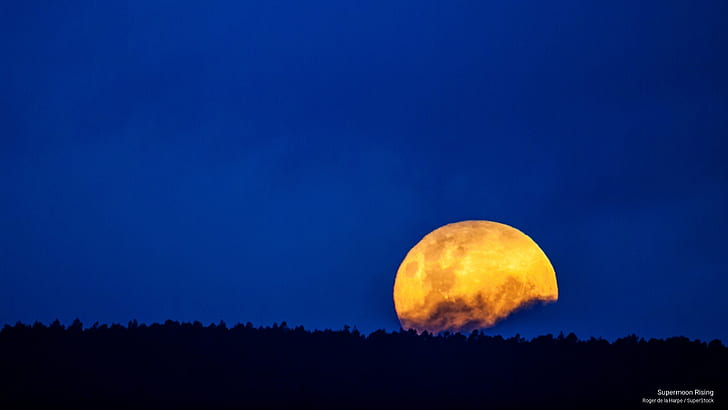The full moon itself will happen tomorrow morning, August 31st, which means this evening, around dusk, will be the best time to witness the rare sight.
Matt Woods, from Perth Observatory, says “it’s always best to see low on the horizon,” Mr Woods says.
“There’s that optical illusion where it looks bigger than it does.”
Mr Woods also said that while Wednesday night is the best time to see the supermoon, tomorrow night will be worth a look too.
A supermoon occurs when there is a full moon at the same time that the moon is closest to the earth. This is called the perigee.
The opposite of this is called an apogee, when the moon is further from earth. When a full moon and an apogee occur at the same time, this is called a micromoon.
Because the moon is full and closest to the earth, it looks bigger than usual.
Mr Woods says that tonight’s supermoon will look seven per cent bigger than a normal full moon.
Typically, a supermoon looks 14 per cent bigger and 30 per cent brighter than a micromoon.
NASA’s Jet Propulsion Laboratory Education Office said that it’s ‘not that noticeable.’
“A 14 per cent increase in the apparent size of something that can be covered with a fingernail on an outstretched arm won’t seem significantly bigger,” NASA says.
But Mr Woods said that it’s ‘less about the size and more about the brightness,’ and that the supermoon will also look brighter than a regular full moon.
This supermoon will also coincide with a blue moon – a rarity, where two full moons occur in the same month. However, only the second full moon of the month is called a ‘blue moon.’
According to NASA, blue moons happen once every two and a half years.






